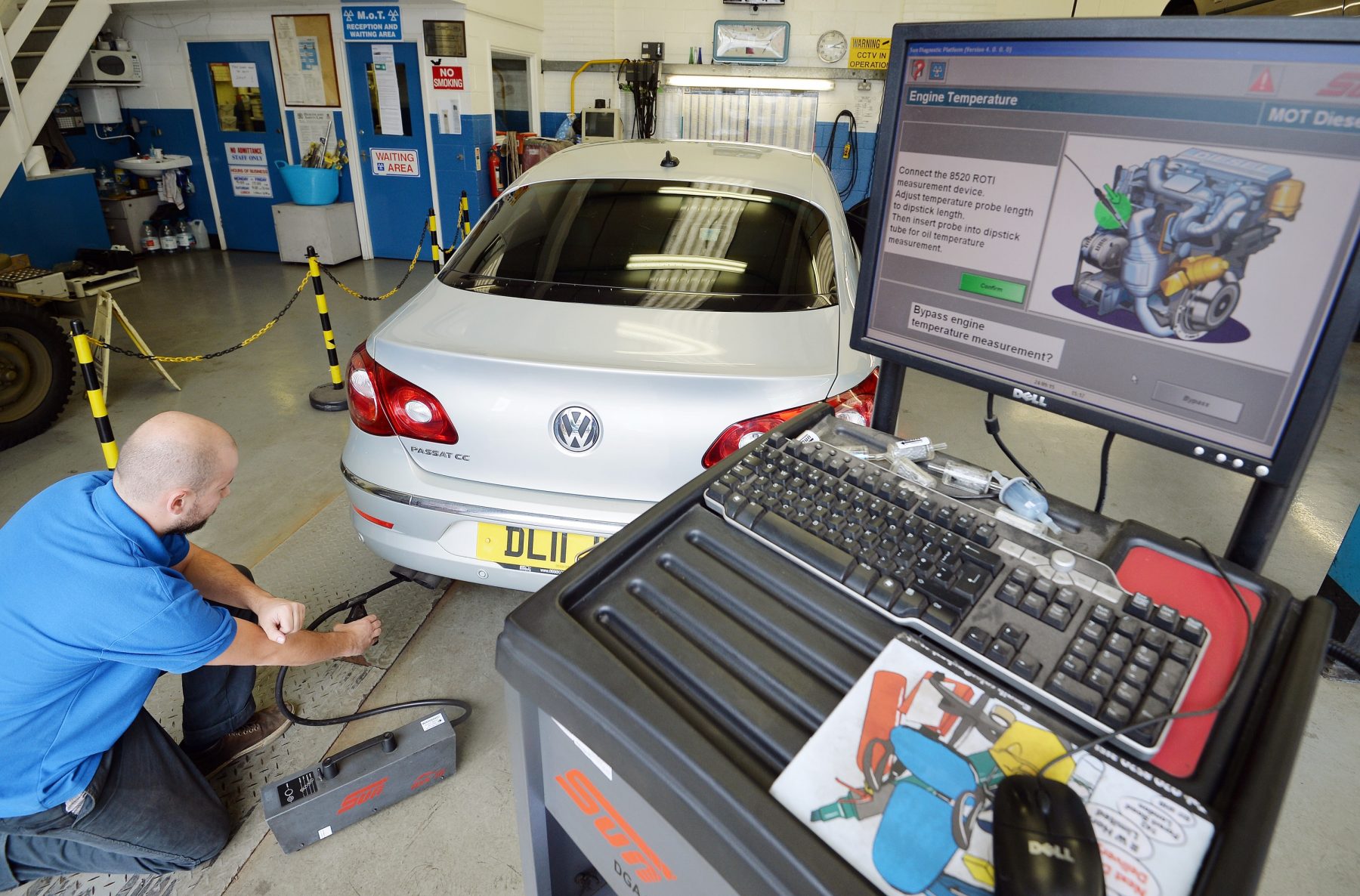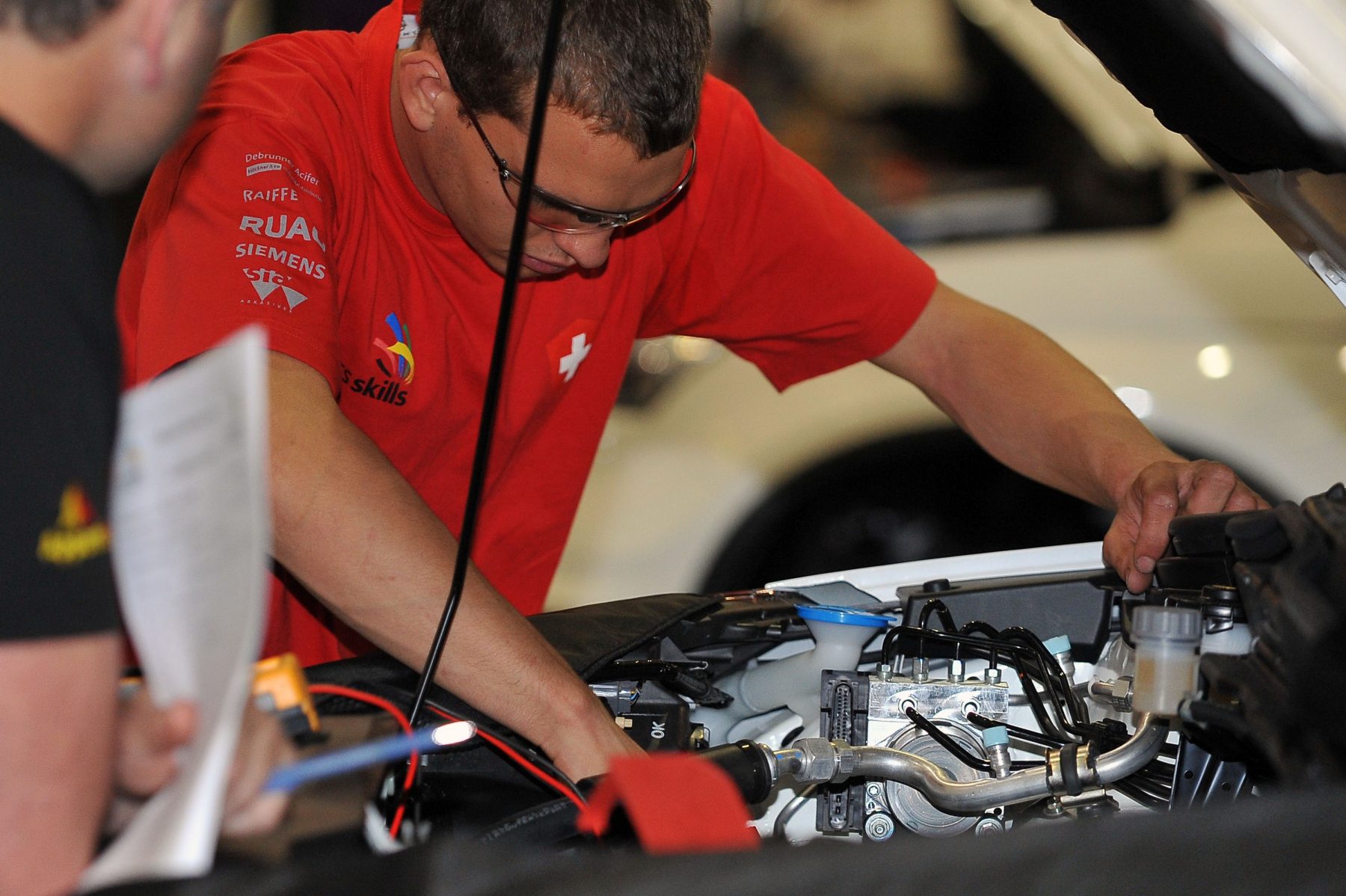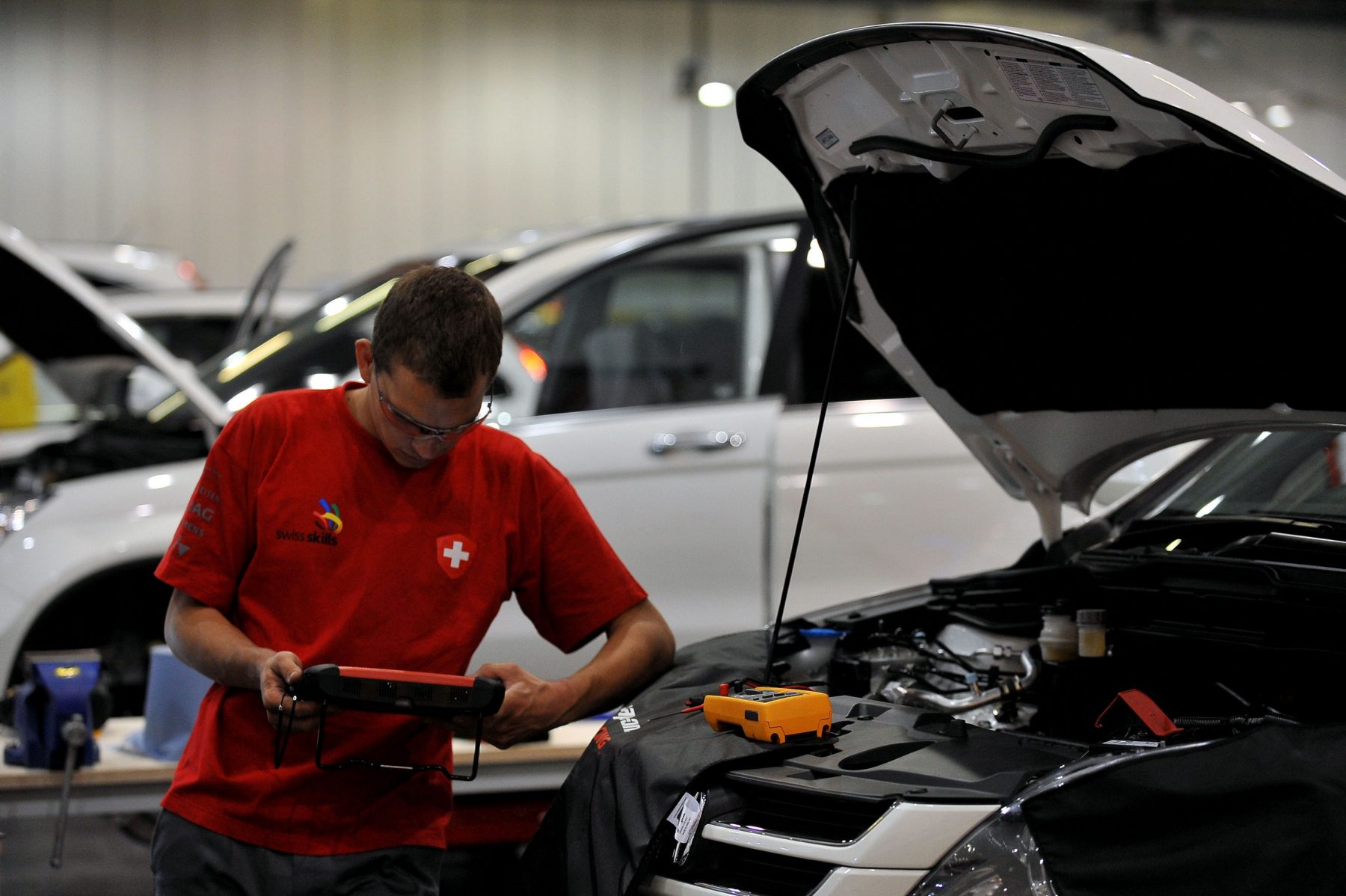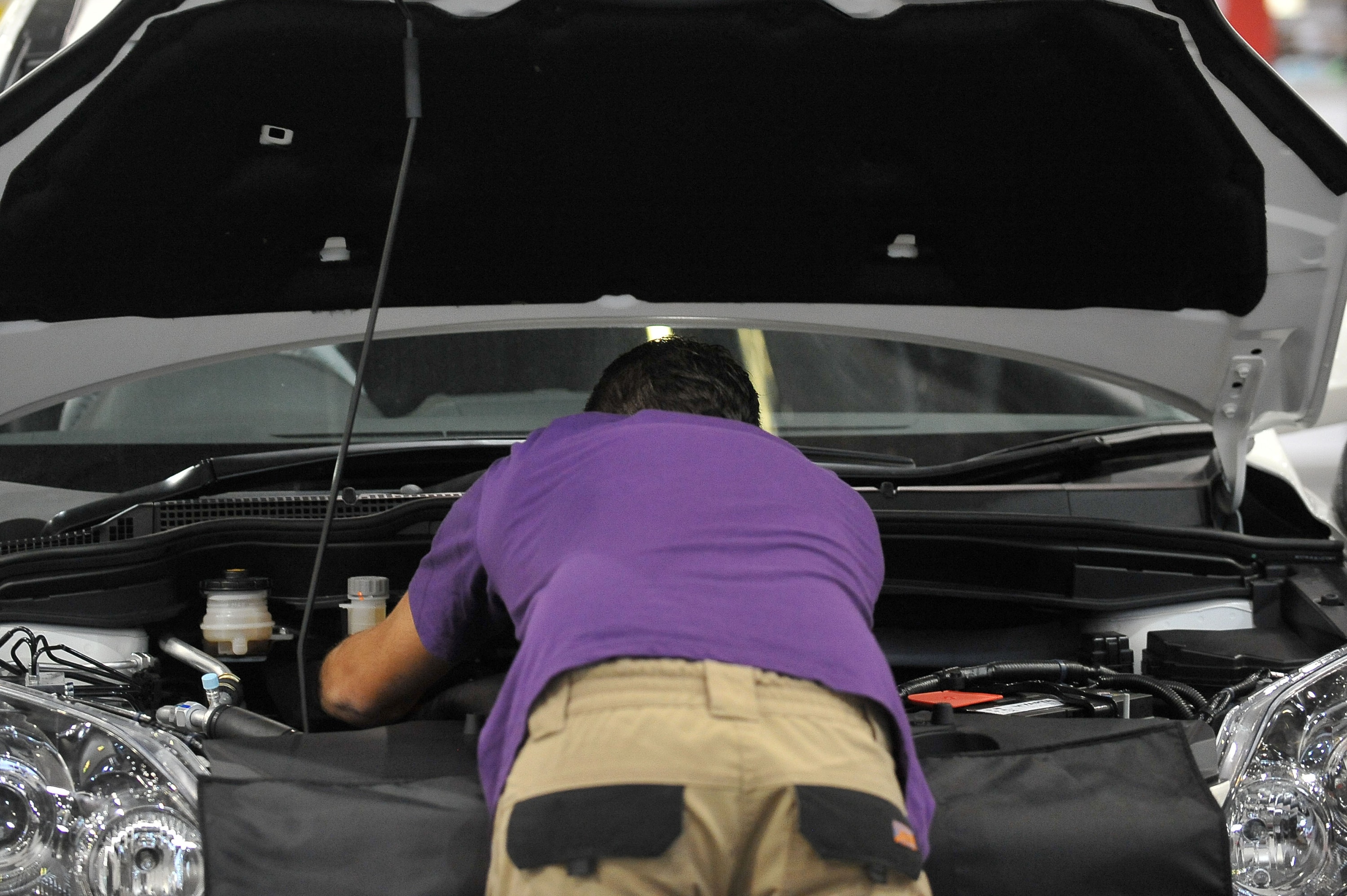The MOT test – which annually checks a car’s roadworthiness – is changing on May 20 with diesel cars coming under closer scrutiny.
If your diesel emits any smoke whatsoever it’ll immediately fail and testers will put the Diesel Particulate Filter (DPF) under inspection to ensure it hasn’t been removed or tampered with.
Some diesel car owners remove the filters to boost performance and increase fuel efficiency, but as it regulates the gases produced by the engine it is damaging to the environment if it’s taken out.
Now, if a car was fitted with a DPF as standard, its removal would mean an instant MOT fail. While testers will thoroughly check the housing to ensure the internals haven’t been removed.

The biggest update to the test, though, is the way faults are classified – they’ll now either be dangerous, major or minor.
Minor issues will be recorded and the owner advised to get them fixed – but the car will still pass. These faults will also be added to the MOT certificate and online recording system.
Anything resulting in a dangerous or major classification will mean an immediate fail.
For example, a minor issue would be a problem such as oil leaking from the steering. However, this would escalate to a major if the leak was so bad as to be dripping.
AdBlue systems will be inspected as part of new checks for emissions control equipment while any leaks that pose a risk to the environment will be frowned upon.

Cars first used after March 2018 will also have their daytime running lights and front fog lights inspected.
New checks on prop shafts, rear drive shafts, the security and condition of bumpers, reversing lights, and closer inspection of the brakes than previously, will also come in.

The RAC has voiced concerns that the new system could lead to problems, though.
A spokesman said: “The new system creates the potential for confusion as testers will have to make a judgement as to whether faults are dangerous, major or minor.
“This will surely be open to interpretation which may lead to greater inconsistency from one test centre to another.
“Motorists may also struggle to understand the difference between dangerous and major failures. The current system ensures that any vehicle with a fault that doesn’t meet the MOT requirements is repaired appropriately before being allowed back on the road.”

